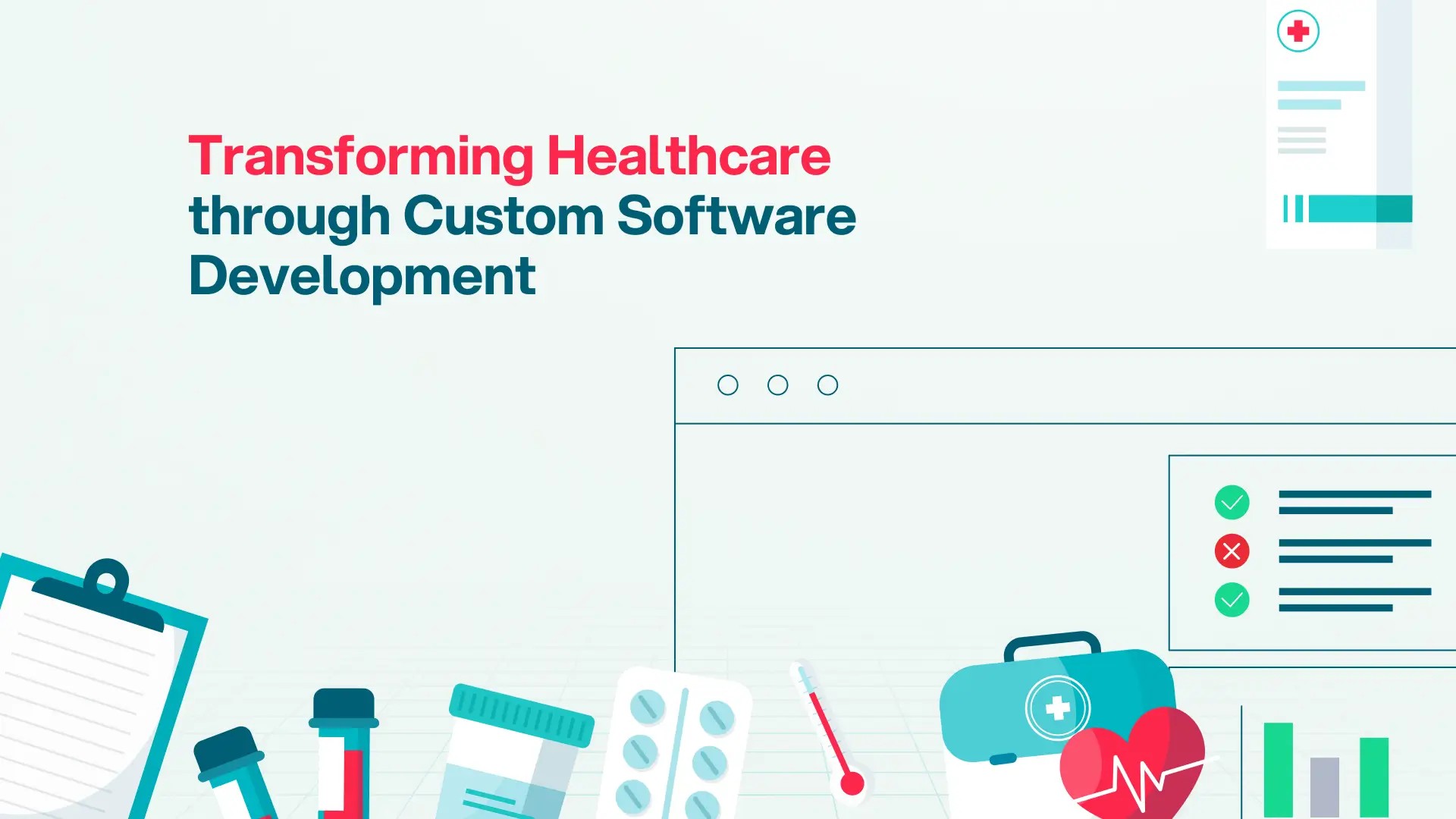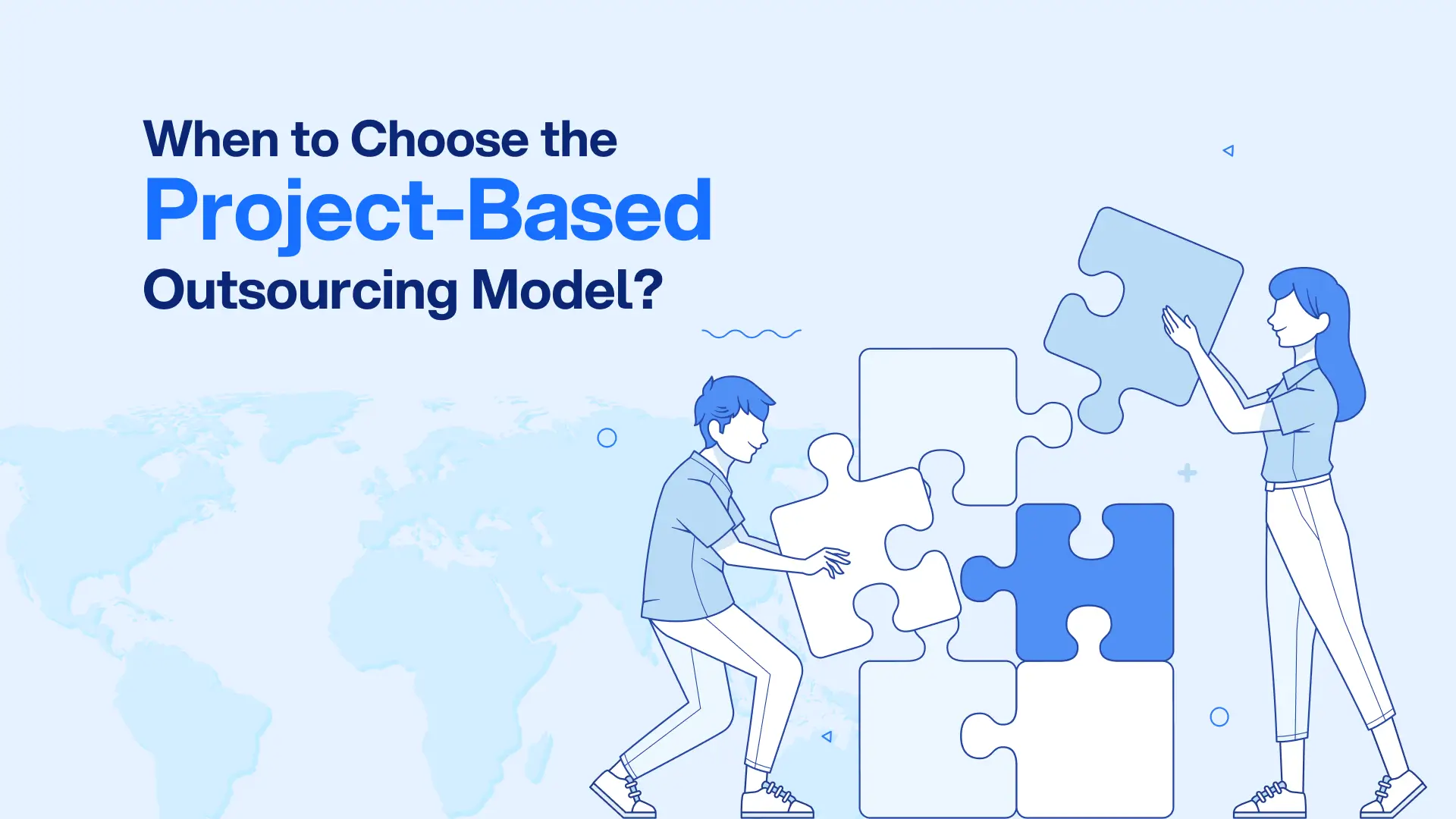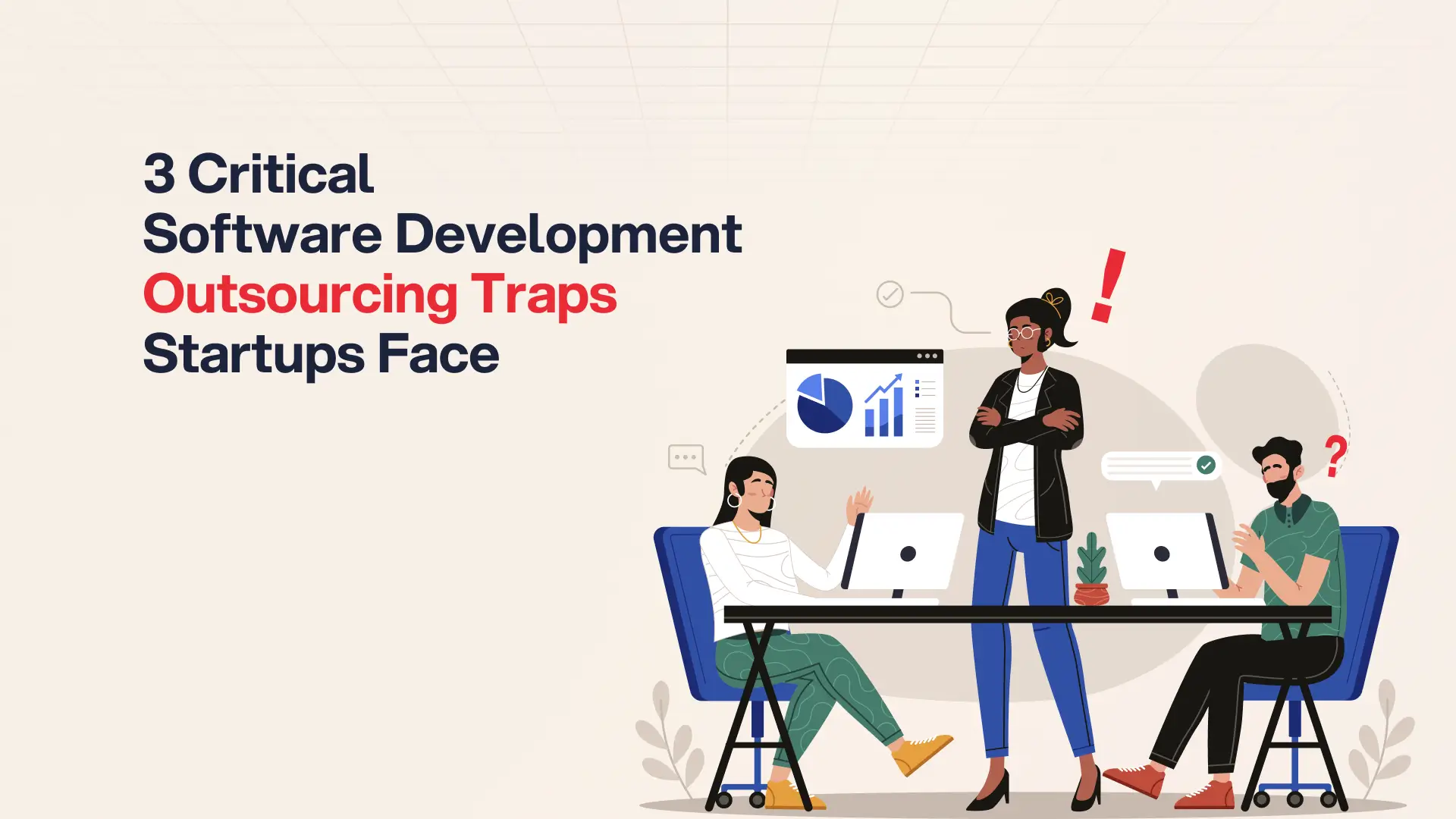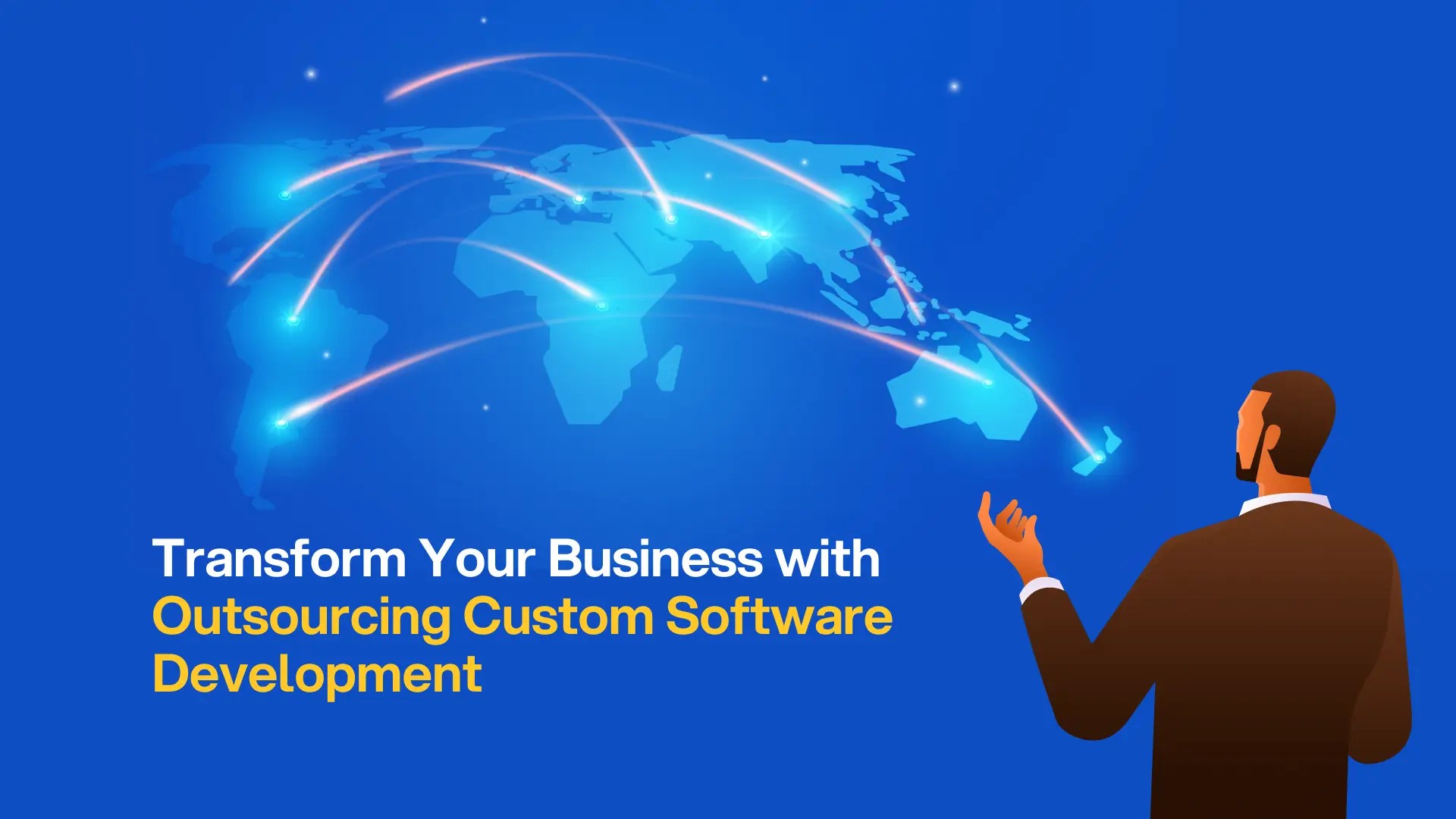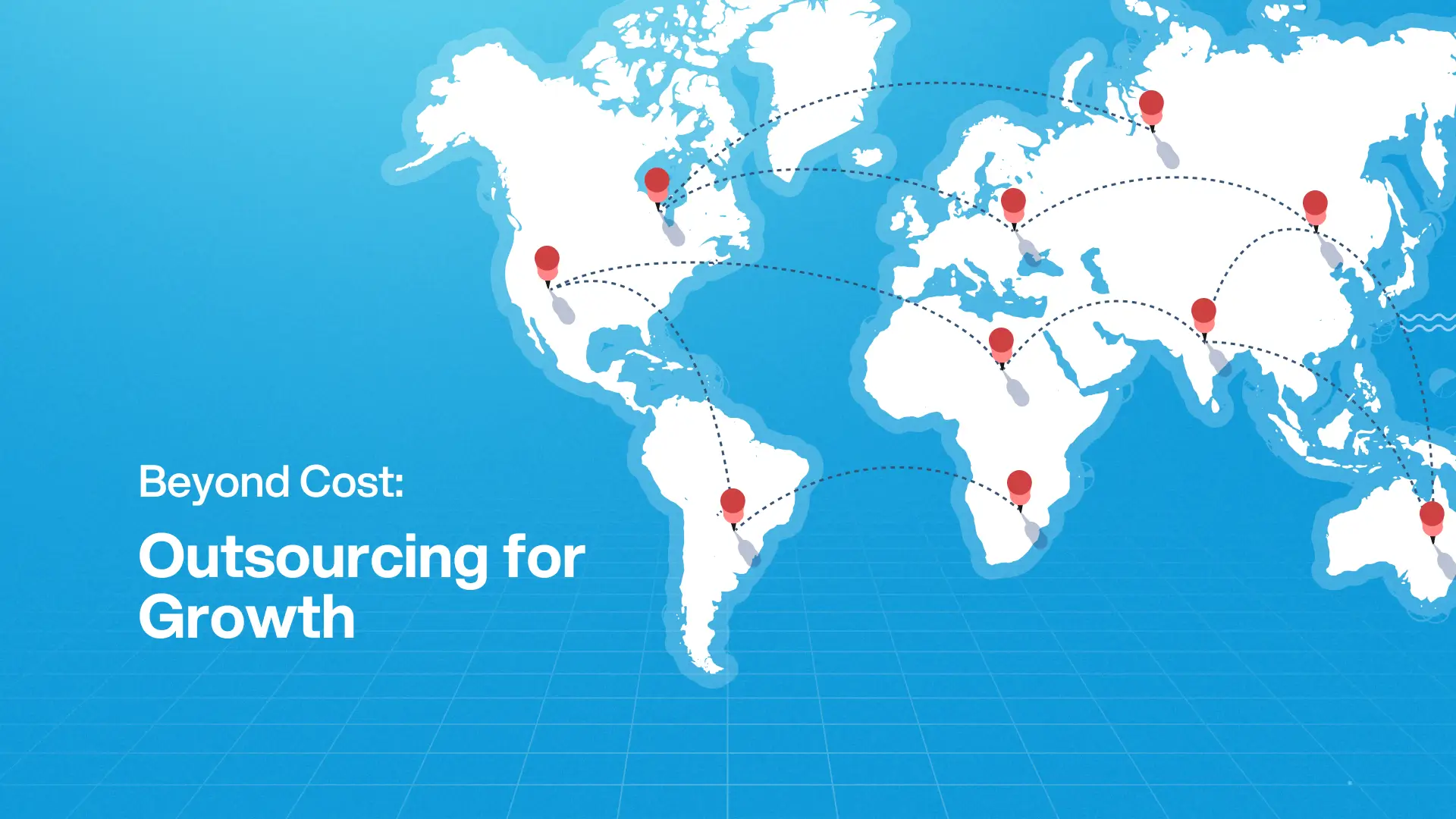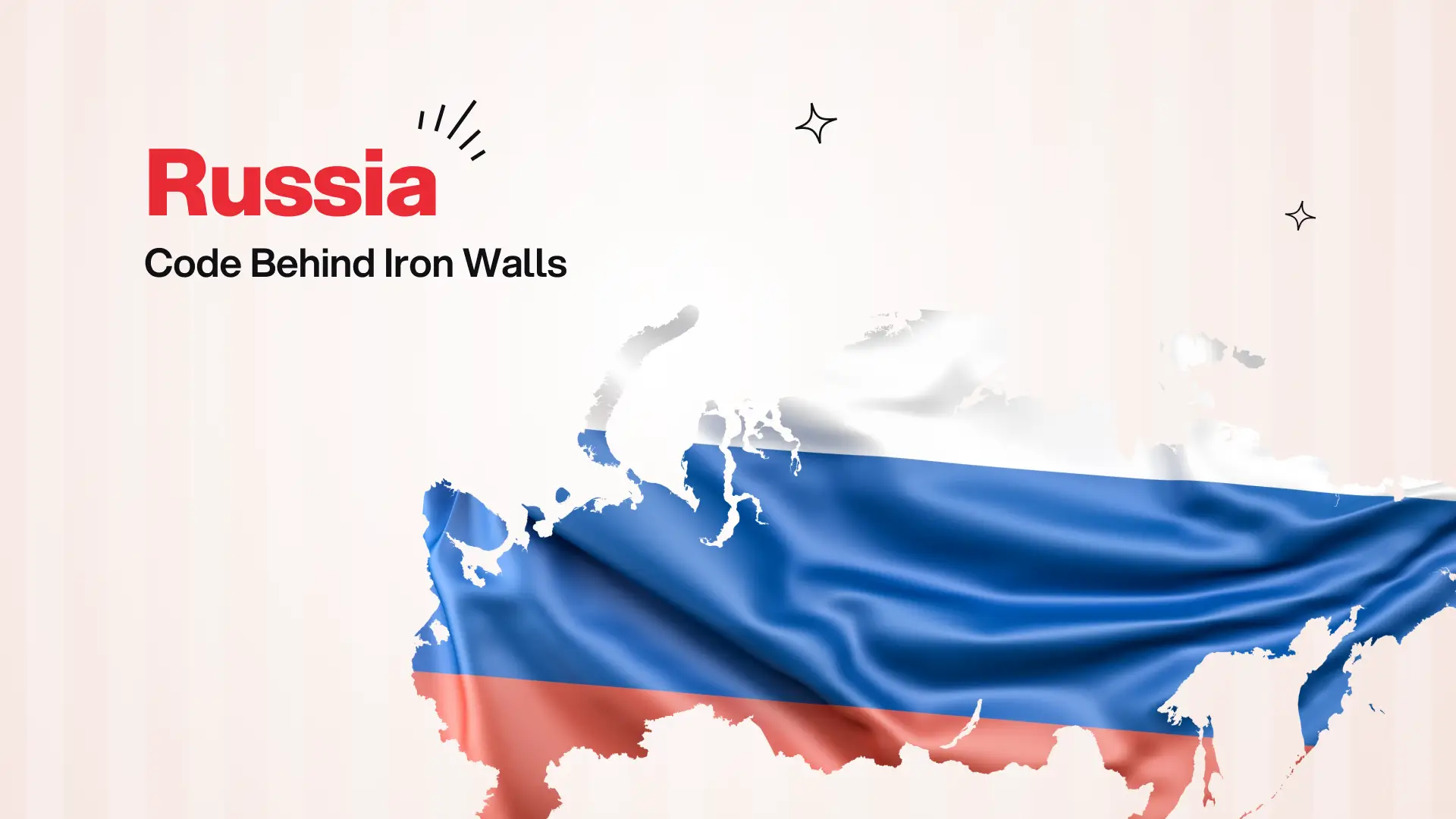Post Activity
 488
488
Table of Content
Share This Post
Table of Content
A strong cloud services strategy ensures a company’s capability to deploy, scale, and secure its systems quickly. Companies like Netflix and Spotify show how choosing the right cloud model can drive agility, reduce costs, and support large-scale innovation.
In 2016, when Netflix hit the limits of its physical servers, it faced a massive challenge. Scale globally or fall behind. Netflix chose the former and migrated to AWS cloud services. Moving to AWS cloud services gave it the elasticity to stream for 200+ million users without buffering the business. That wasn’t just an infrastructure shift; it was a cloud strategy that changed how the company scaled, served, and succeeded. As of 2025, Netflix has more than 300 million users.
Cloud Strategy is at the Core of Outsourcing
Outsourcing today is cloud-powered. Whether you are onboarding a nearshore team or shipping an MVP with a partner in Poland, five important aspects of your business depend on your cloud stack. Here’s a breakdown:
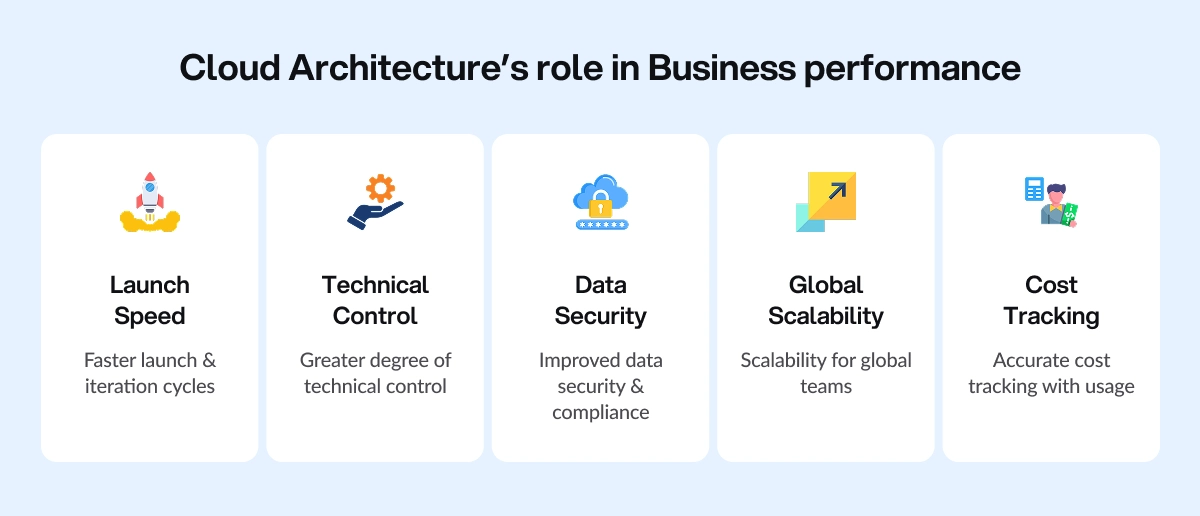
Your cloud architecture directly impacts:
- How quickly you can deploy new solutions;
- How much control you retain over your stack;
- How securely you handle compliance-sensitive data;
- Your ability to scale across teams.
Spotify is a good example of this. When their legacy infrastructure couldn’t keep up with growing demand, they switched to a hybrid cloud infrastructure, using Google Cloud alongside their on-premises solutions. This move solved their performance issues. It also empowered over 100 agile teams to innovate faster, manage 20,000+ daily tasks, and deliver personalized content to over 200 million users. It is a perfect illustration of how a well-architected cloud strategy can support scalable, efficient software outsourcing and cloud services.
Cloud Models Overview
To match your outsourcing strategy to the right cloud infrastructure, it is essential to understand the core trade-offs between the four primary cloud service models. Each offers a distinct balance of control, flexibility, operational overhead, and vendor lock-in.
The illustration below maps these models along a spectrum, from fully managed to self-managed environments:
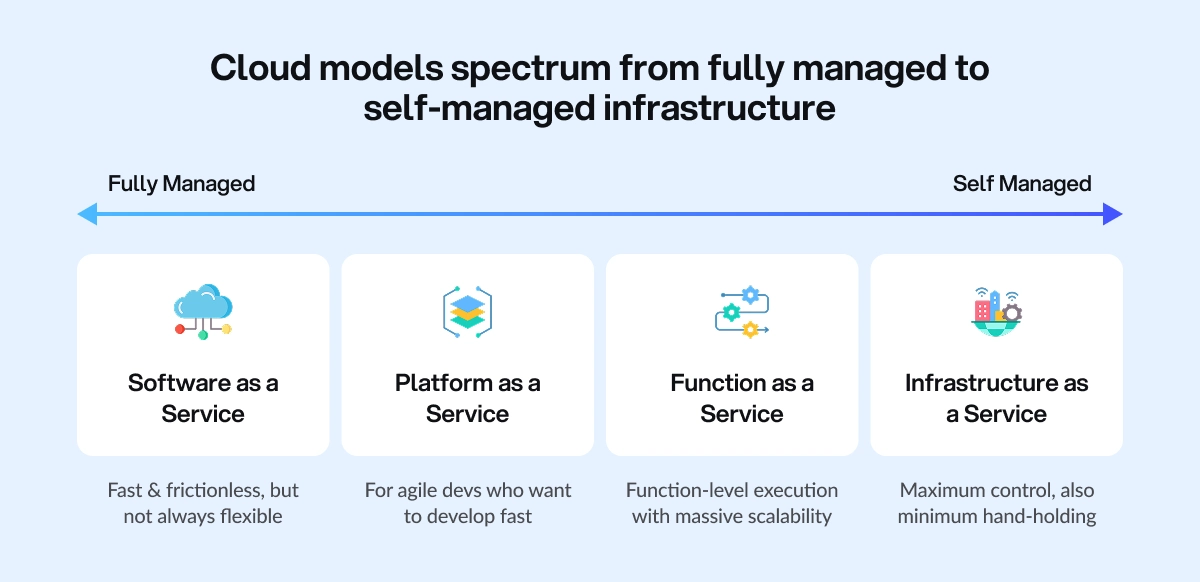
On one end of this spectrum, Software as a Service (SaaS) and Platform as a Service (PaaS) provide fully managed environments that minimize operational overhead. These are ideal for teams prioritizing speed, simplicity, and faster time-to-market. On the other end, Infrastructure as a Service (IaaS) and Function as a Service (FaaS) deliver deeper control and scalability. However, these demand greater effort in configuration, monitoring, service control, and security management.
These models support different software outsourcing and cloud adoption scenarios: rapid deployment for SaaS platforms, fast iteration for agile development using PaaS, event-driven scaling with FaaS, and full-stack customization through IaaS. Understanding where each model sits on this continuum helps tech leaders align decisions with team maturity, regulatory constraints, and long-term strategic goals.
Here’s a closer look at how each cloud model stacks up. The table breaks down the key advantages, limitations, and best-fit scenarios to guide your outsourcing strategy:
Technical Overview
Now that we’ve compared the trade-offs between cloud models, we should see how leading tech companies put these choices into practice.
Here is a technical synopsis of the Netflix and Spotify case studies:
Netflix: IaaS + FaaS for Global Scale and Infrastructure Control
Chosen stack: AWS EC2, S3, RDS, CloudFront (IaaS) + AWS Lambda (FaaS).
Reason: Full control for high availability, global edge delivery, and custom tooling (Simian Army, Spinnaker).
Results: Scaled to more than 300 million users, minimized downtime, automated major workflows, and reduced bottlenecks during peak hours.
Spotify: From PaaS to IaaS for Developer Velocity and Microservice Flexibility
Chosen stack: Started with Google App Engine (PaaS) for fast and early-stage deployment. Later evolved to Kubernetes-based IaaS on Google Cloud for deeper control and orchestration (via GKE)
Reason: Needed custom networking, more performance tuning, and freedom from PaaS limits
Results: Runs 100s of microservices across distributed teams, scales on-demand, powers ML-based personalization
Thinking of Outsourcing?
Access a wide range of outsourcing companies and find your best fit.
Deciding on the Appropriate Cloud Model
Now that we have seen what each cloud model offers, the next step is choosing the one that best one for your outsourcing goals, technical complexity, and business priorities. Whether your company is scaling with a nearshore team, modernizing legacy systems, or outsourcing modular workloads, the decision goes beyond technology. It also extends to maximizing ROI, managing risk, and assessing operational readiness.
Let’s start by scanning this quick-hit comparison table to get a high-level feel for where each model excels and where it may fall short.
Strategic Comparison Matrix
This table is a good starting point for deeper discussions with relevant teams.
We understand that no single model wins across the board. Hence, this table is not about picking a winner but aligning the right model with the company’s long-term business objectives. The right choice depends on the company’s outsourcing maturity, risk appetite, and the level of control and speed it needs to scale effectively.
The wrong cloud model or mismanaging it may lead to sluggish performance, surprise bills, and potential security gaps. Each model comes with its own pressure points. Here’s what to keep on your radar before it turns into a fire drill.
Points of Failure to Monitor
Each cloud model has distinct weaknesses that can impact cost, performance, or control, especially when scaling outsourced operations. Here’s where each one tends to crack under pressure and what to plan for in advance:
SaaS
Often limits role-based access and lacks export options, creating long-term data lock-in risks. Teams may also encounter rigid feature sets and weak API support, making it harder to customize workflows or integrate with existing tools.
PaaS
Can suffer from vague SLAs and unpredictable pricing, leading to potential service interruptions or budget overruns. Additionally, proprietary frameworks and rigid runtime environments may restrict flexibility and increase vendor lock-in.
IaaS
Can silently inflate cloud costs through idle compute instances and overprovisioned resources. Security is also a concern, as misconfigured networks or access controls may expose critical systems if not managed carefully.
FaaS
Poses risks around cost volatility and visibility. High-frequency triggers can drive unexpected spend, while cold start latency impacts real-time performance. Limited observability also makes it harder to trace and resolve issues quickly in production.
Prevention tip:
Pair observability tools like Datadog, New Relic, or OpenTelemetry with your outsourced stack to monitor Cloud Service Health and performance. This keeps your service recovery process prepared and proactive.
To go beyond the basics, the team can apply different evaluation models.
Ready to Build Your Team?
Let’s create together, innovate together, and achieve excellence together. Your vision, our team – the perfect match awaits.
Decision-making Framework
There are many frameworks available to evaluate cloud options, depending on your company’s size, maturity, and goals. We recommend starting with the CARE framework. This offers a simple yet strategic way to assess cloud models based on control, accountability, ROI, and efficiency. It’s designed to balance technical depth with business impact, making it especially useful for tech leaders managing outsourced development or infrastructure.
C – Control: How ow much of the stack do you want to manage directly?
Case study: Netflix chose IaaS on AWS to retain complete control of their infrastructure, enabling custom tooling like Spinnaker for CI/CD and Chaos Monkey for resilience testing.
A – Accountability: Who’s responsible for performance, service recovery, and uptime?
Companies using FaaS offload risk to the Cloud Service Provider, but still need compliance checks, real-time monitoring, and recovery automation.
R – ROI: Is your spend aligned with value during both peak and idle cycles?
Case study: In 2013, Coca-Cola used AWS Lambda and gained no-downtime migration experience while reducing costs by 90% in telemetry systems.
E – Efficiency: Will this model accelerate or hinder your team’s development speed?
Case study: AirAsia, cut deployment time by 80% using PaaS tools on Google Cloud Platform, including Google Workspace and Collaboration Services.
That said, we often see startups gravitate toward SaaS and PaaS for simplicity. Enterprises favor IaaS and FaaS to meet security posture demands and scale modularly across hybrid clouds and hybrid cloud environments.
The Unspoken Rules for Navigating Cloud and Outsourcing
In addition to the usual pros and cons, here are a few unwritten best practices to keep the cloud and outsourcing investments efficient, resilient, and future-proof:
- Avoiding one-size-fits-all. Combine SaaS for collaboration, PaaS for app logic, and FaaS for automation to create application-centric, AI-powered cloud stacks.
- Prioritizing portability. Containerize workloads via Docker/Kubernetes to limit cloud lock-in, especially with alternative cloud providers like IBM Cloud, Oracle Cloud, Alibaba Cloud, and Nutanix Cloud.
- Automate everything with Infrastructure as Code and access to networking features. This helps reduce manual deployment risks and offers flexible pricing options.
- Insisting on visibility. Use centralized logs and dashboards to monitor everything from agentic tools to cloud compute efficiency.
- Link cloud expenditure to outcomes. Monitor KPIs like MTTR, deploy frequency, cost per release, and virtual machine usage.
Ultimately, the right model is the one that matches your company’s stage of growth, your team’s capabilities, and the level of operational risk it is willing to take on.
Cloud Strategy as a Business Advantage
Cloud architecture drives how efficiently you outsource, scale, and meet market demands. Providers like Azure Cloud Services, Nutanix Cloud Infrastructure, and Google Cloud Platform offer access to advanced security, analytics tools, and hybrid cloud solutions. These platforms reduce capital expenditures, improve compliance, and support remote access and disaster recovery.
Cloud delivery models (public, private, or hybrid) enable bespoke cloud solutions tailored to business goals. Success in software outsourcing and cloud services hinges on selecting the right deployment model and leveraging cloud expertise. For current or additional details, explore our Cloud Modernization Program or connect with our AI-powered assistant.
Find Your Perfect Software Outsourcing Partner
Unlock a world of trusted software outsourcing companies and elevate your business operations seamlessly.

